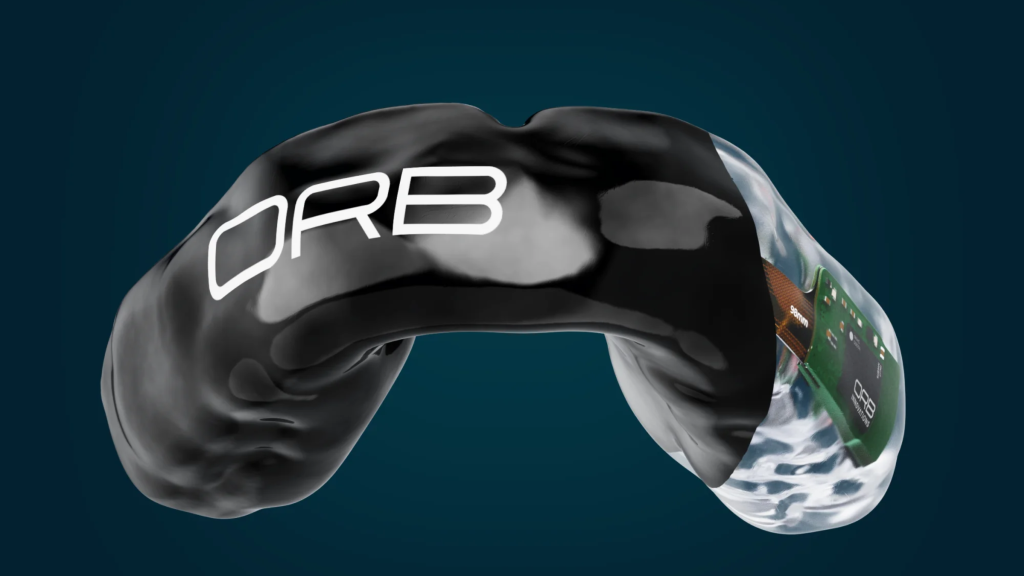The world of high-impact sports is constantly chasing the next big thing to keep players safer and stronger. Enter the smart mouthguard—a piece of tech that claims to do more than just protect your teeth. With promises of tracking real-time head impacts and potentially preventing serious injuries, this innovation has the sports world buzzing. But is it a game-changer or just another flashy gadget? Let’s get into it.
More Than a Mouthguard: The Tech Behind It
This isn’t your typical piece of plastic shoved into your mouth before a game. These smart mouthguards come equipped with advanced sensors that track head movements and impacts. The data is then sent to coaches or medical staff in real time, allowing them to make immediate decisions about an athlete’s safety. It’s not just about tracking concussions—it’s about knowing when to pull a player before things get worse.
For sports like football, hockey, and rugby, where head injuries are a constant risk, this could be a major step forward. But skeptics might ask: does this tech truly offer something groundbreaking, or is it just another layer of data that might not lead to real action on the field?
The Big Question: Can It Prevent Concussions?
Let’s be clear: a smart mouthguard won’t stop concussions. What it can do is identify patterns, monitor impact forces, and help teams respond faster when something’s off. That’s a big deal in sports where returning to play too soon after a head injury can have devastating consequences.
But it’s not foolproof. Sensors can’t diagnose a concussion—they can only measure force and movement. The real value lies in how teams use the data. If coaches and medical staff ignore the warnings, the mouthguard is just another unused tool.
For Athletes: A Must-Have or a Distraction?
For athletes, the idea of wearing a high-tech device might feel like another layer of equipment to deal with. But the design is sleek, unobtrusive, and designed to feel just like a regular mouthguard. The question is whether athletes, especially younger ones, will embrace the tech or see it as unnecessary.
The real challenge will be getting players and coaches to trust the data. If the tech flags an issue and the player feels fine, there’s bound to be pushback. The culture of “playing through it” is deeply ingrained in high-impact sports, and changing that mindset is as important as the tech itself.
The Industry’s Take: A Step in the Right Direction
Sports tech companies are betting big on the smart mouthguard, and with good reason. The potential to reduce long-term brain injuries could reshape how we think about athlete safety. The NFL and other major leagues have already started experimenting with similar tech, signaling that the industry is taking head injuries seriously.
But adoption at the youth and amateur levels is another story. Cost and accessibility could be barriers, and until the benefits are clearly proven, many programs might hesitate to invest.
Final Verdict: A Promising Start, But the Work’s Not Done
The smart mouthguard is an exciting piece of tech with serious potential to make sports safer. It’s not a cure-all for head injuries, but it’s a tool that could lead to smarter decisions and better outcomes. Whether it becomes a staple in sports or fades as a novelty will depend on how teams, players, and leagues embrace it.
One thing’s for sure: if this tech lives up to its promise, it could be a game-changer—not just for the pros but for every athlete who steps onto the field.


